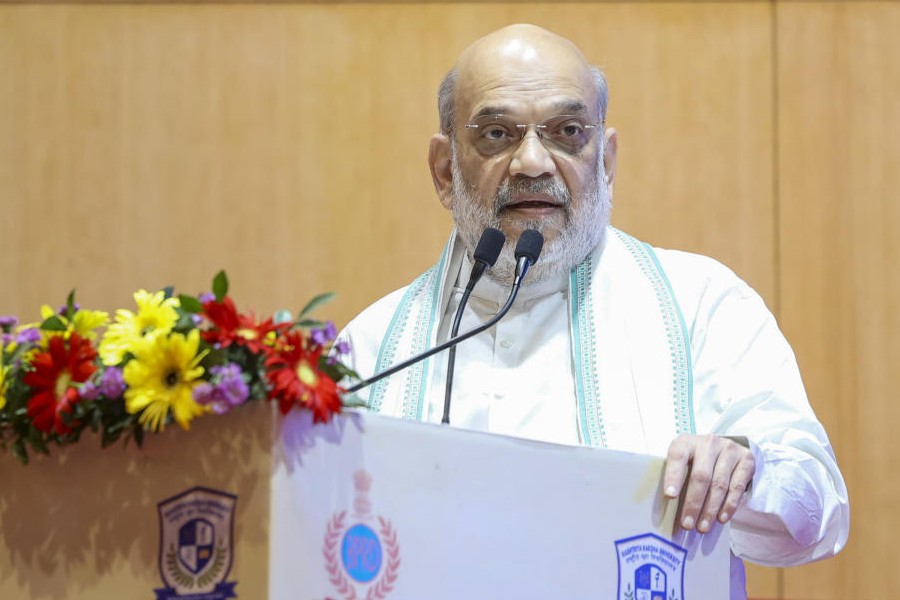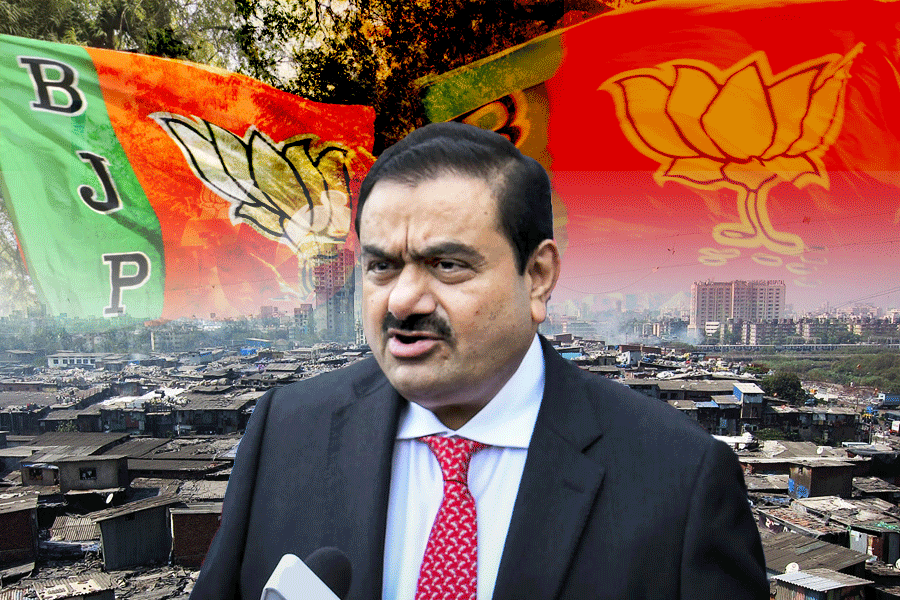The run-up to the presidential elections in the United States of America has brought into focus important features of an increasingly authoritarian, cruel, intolerant and polarized society. Many of the problems faced by the US resonate in other parts of the world, including India. The US, as the world’s largest economy and the oldest democracy, is a case study of the crisis in the political economy of capitalism. Whoever wins the US presidential election, these problems will persist for years to come. It may be argued that the oddities of the Donald Trump administration were symptoms of a deeper malaise. This malaise can be diagnosed as a failure of the capitalist world economy propped by markets and parliamentary democracies. The political unit of this system, the nation state, is also under severe strain, aggravated by a global public health crisis.
The capitalist world order led by the US became more globalized during the early 1990s. International trade and capital movements grew at an astonishing pace. Workers, skilled and unskilled, began to look for greener pastures in all parts of the world, particularly in the rich market economies. The large corporations of the world, especially the ones involved with technology and finance, became the new masters of the universe. Political ideologies shifted to the right with the fall of the Soviet Union and its empire. There was a resurgence of faith in markets and in democracy. Markets, left on their own, were supposed to take care of all economic problems, ensure unlimited growth, make everyone richer and turn a magnificent array of goods and services affordable that would feed the insatiable appetite of consumers. As the world became richer, the natural environment was expected to be better as people would become conscious of the need for cleaner air and safer water.
This promise did not hold for all, not even for the majority. A few clearly benefited and business magazines wrote lead articles about the rise in the number of billionaires. Economic inequality exploded as markets were cornered and manipulated by large companies with gigantic advertising budgets. Market outcomes became unpredictable and volatile. Unemployment increased as jobs and capital moved across geographies. Jobs became scarcer and more insecure with rapid technological changes. Labour unions lost almost all their hard-fought gains made in the twentieth century. It was clear that the bonanza of growth was not for everybody despite the claims to the contrary by the voices of big business. People wanted to move too. They were willing to work for less than the local people. In many cases, they were smarter and more industrious. The system was marked by cheap labour, large profits, and rapid technological changes that brought new products and new models of old products to the shopping carts of the world’s top 10 per cent. The goods came from all over the world, and paying for them was never a problem as debt was allowed to grow in a never-ending fashion. Consumerism became the sex symbol of globalization.
Three things have happened to the economy over the past thirty years of growth and prosperity. First, most people were unsure that the system would be able to deliver a secure life with a reasonable income. The State had moved back in terms of support when the chips were down. If someone failed, it was because of the person’s incompetency and, hence, the person was left to fend for himself/herself. Yet some people (the few and fortunate) were distinctly better off and, sometimes, remarkably so. Second, demographic changes took place through migration. The ‘Others’ in the labour market appeared to steal jobs and opportunities. Nobody in power, however, wanted to disturb a source of cheap and hard-working labour, including highly-skilled scientists and engineers. The third thing that took place on a rapid and decisive scale was the increase in business influence over democratically elected governments. With an electorate with changing aspirations and ambitions, political contests intensified. To stay in power, political parties and politicians needed greater finances to fund elections and win by hook or by crook. Big business bankrolled elections to retain influence, keep taxes low, and enhance opportunities for investments with greater ease of doing business.
There were two consequences of these economic changes that ran deep in society and polity. Those who criticized the ‘system’ — academics, journalists, authors and other intellectuals — were termed ‘liberals’. It was alleged that they comprise the elite and that they were trying to bring about damage to a system that delivered for big business and for politicians. Billionaires became leaders of the subaltern masses, claiming they would make the nation great again. There were two enemies that had to be tackled on a war footing. The ‘Other’ — migrants and minorities — and the liberal elite that dared to interrogate the populism, which was to take the masses to the Promised Land. Academics, thinkers and critics became the enemy of the people. The liberal project of globalization was under severe attack. Society became polarized. Conservatives are usually unable to think of a shared, inclusive world order. Hence globalism gave way to an inward looking nationalism. The magic was to allow business to thrive without foreign competition and without restraints, such as taking care of the environment. The hungry and the homeless disliked career politicians but oddly would be seen at ‘Make America Great Again’ rallies.
Technology also played a large part in creating this surreal world of hyper-nationalism. Social media has been a systematic tool for control and construction of perceptions and beliefs. Technology also allows for a kind of surveillance that was not possible even a few years ago. The seductive hand-held devices are a source of enormous private information about users that ultimately can be accessed by arms of the State and political machines. The information obtained can be manipulated through voice-overs and morphing. However, despite this dependence on technology for manufacturing consent for the national project of consolidating power, there is deep distrust of science and any other form of expert knowledge. Scientific knowledge is considered fake news. Scientific data are dubbed as false. According to one recent survey, more than 50 per cent of Republican supporters in the US believe that universities do more harm than good for society. Finally, the rule of law is considered important, but not the laws legislated or the principles enshrined in a written Constitution. The law is interpreted politically to serve individual interests.
The US is showing systemic cracks that will be difficult to heal. The unravelling of the economy, a population divided by incomes and debts, the rise of political authoritarianism, the sharp degradation of the natural environment, the surfacing of deep-rooted racism and xenophobia, a discernible increase in misogyny, belief systems grounded in religious myths, gun-wielding individualism and, above all, a hatred of knowledge and expertise — the US is fast becoming a land from where the death knell of liberalism can be heard resonating across the world. Little wonder then that the US leads the world in the highest number of imprisoned people per capita, the largest proportion of the adult population who believe in angels, and the largest defence budget in the world which is more than the combined sum of the next 25 nations. The champion of free trade and democracy is now in the throes of protectionism and facing serious challenges to its political system. Is it transformative change? Or is it mere chaos? The distant future may throw some light.
The author is former professor of Economics, IIM Calcutta











